Home gardeners generally prefer growing crown daisy for decoration and oriental cooking purpose. It is a popular summer garden flower in most of the areas.
Growing crown daisy will enhance the beauty of your home garden or property, and will also provide you with edible greens.
Crown daisy (Glebionis coronaria) is actually a species of flowering plant in the daisy family.
It is native to the Mediterranean region, but also naturalized and cultivated in East Asia and in scattered locations in North America.
Along with decoration purpose, the crown daisy is also grown and used as a leaf vegetable. And the plant’s green are used in many Asian cuisines.
The greens are rich in vitamins and minerals with potassium concentrations at 610 mg/100 g and carotene at 3.4 g/100 g in edible portions.
Along with this, the stem, leaf and root tissues of these plants contain various antioxidants that have potential long-term benefits for human health.
The crown daisy is also known by some other names in many different places around the world. It’s other names include Japanese-green, Chop suey green, Garland Chrysanthemum, Crowndaisy chrysanthemum, Chrysanthemum greens and Edible chrysanthemum.
Growing crown daisy is very easy and it grows well in mild or slightly cold climates.
But the plants will go quickly into premature flowering in warm summer conditions. However, growing crown daisy can be a great addition for your home garden.
How to Start Growing Crown Daisy
As we have mentioned above, crown daisy farming is very easy . You can grow this vegetable easily if you live somewhere in mild or slightly cold climates.
Crown daisy is a quick-growing annual plant and grows well if planted in the right conditions. However, here we are describing more information about growing crown daisy organically in your home garden.
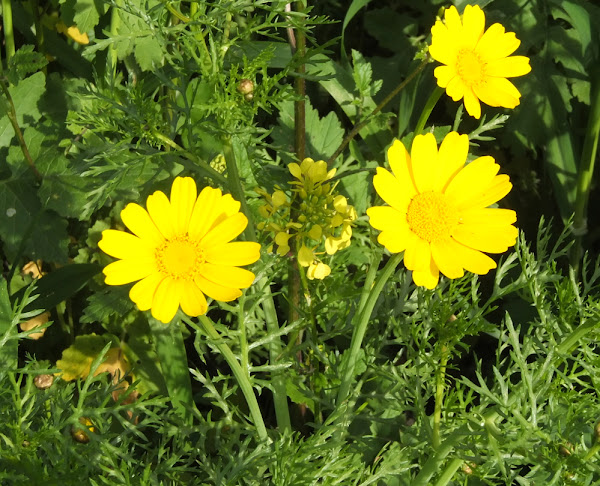
Collect/Purchase Seeds
First of all, collect or purchase seeds for growing crown daisy in your home garden. The seeds should be easily available within your area.
But if you are unable to find the seeds in any of your nearest seed supply stores, then you can consider ordering the seeds online.
Best Time for Growing Crown Daisy
Crown daisy grows very well in mild or slightly cold climates. But it will go quickly into premature flowering in warm summer conditions. The seeds are generally sown in early spring and fall.
Preparing the Soil
You can actually use any type of soil for growing crown daisy. But the plants will grow well if the soil is fertile and rich in organic materials.
The soil needs to be loose, well-drained and access to full sun. So for preparing the soil, till the soil first and then add organic materials into it.
Planting
Level the soil after tilling it and adding organic materials into it. Mark several rows in the soil, because planting in rows will make the caring process much easier.
Keep the plants 4-6 inches apart for smaller varieties, and about 10-12 inches apart for the taller varieties. Water the bed after sowing the seeds.
The crown daisy seeds generally germinate faster, and you can expect germination of the seeds within 7-10 days after sowing (if the seed bed is kept moist).
Caring
Crown daisy plants generally require less care for proper growth. Although, taking additional care will help the plants to grow better.
Here we are describing more about the caring process of the crown daisy plants.
Fertilizing: Crown daisy plants will not require additional fertilizers, if you have already prepared the soil by tilling and adding organic materials into it.
Watering: Water the plants during dry periods. You will need to keep the soil moist constantly for growing crown daisy plants.
Mulching: Mulching not only helps to prevent moisture into the soil, but also helps to prevent weeds. Use organic materials for mulching such as straw, hay, homemade compost etc.

Controlling Weeds: Weeds consume most of the nutrients from the soil. So, controlling them is a must. You can control most of the weeds by hand or by using hoe.
Thinning: Crown daisy plants don’t grow well if they are overcrowded. So thin the smaller varieties to about 4-6 inches apart, and the taller varieties to about 10-12 inches apart.
Pests and Diseases
Common growing problems such as pests and diseases are less in the crown daisy plants. Actually the crown daisy plants are almost free from all these.
Harvesting
Harvest the tender young leaves from new plants. The stem, leaf and root tissues of these plants are also edible and contain various antioxidants that have potential long-term benefits for human health.
These are the common ways for growing crown daisy in your home garden. Hope you have enjoyed this guide. Happy gardening 🙂

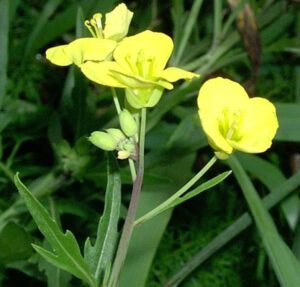
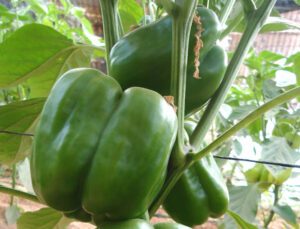


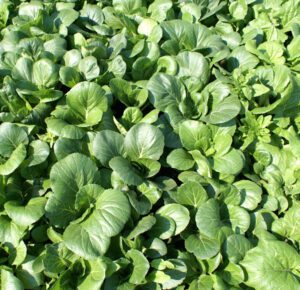
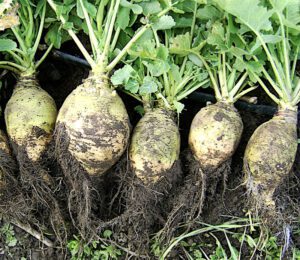
My spouse and I absolutely love your blog and find nearly all of your post’s to be exactly what I’m looking for. We have a beautiful home garden and we grow different types of fruits and vegetable for our family consumption. Thanks a million.
You are welcome. May God bless you!